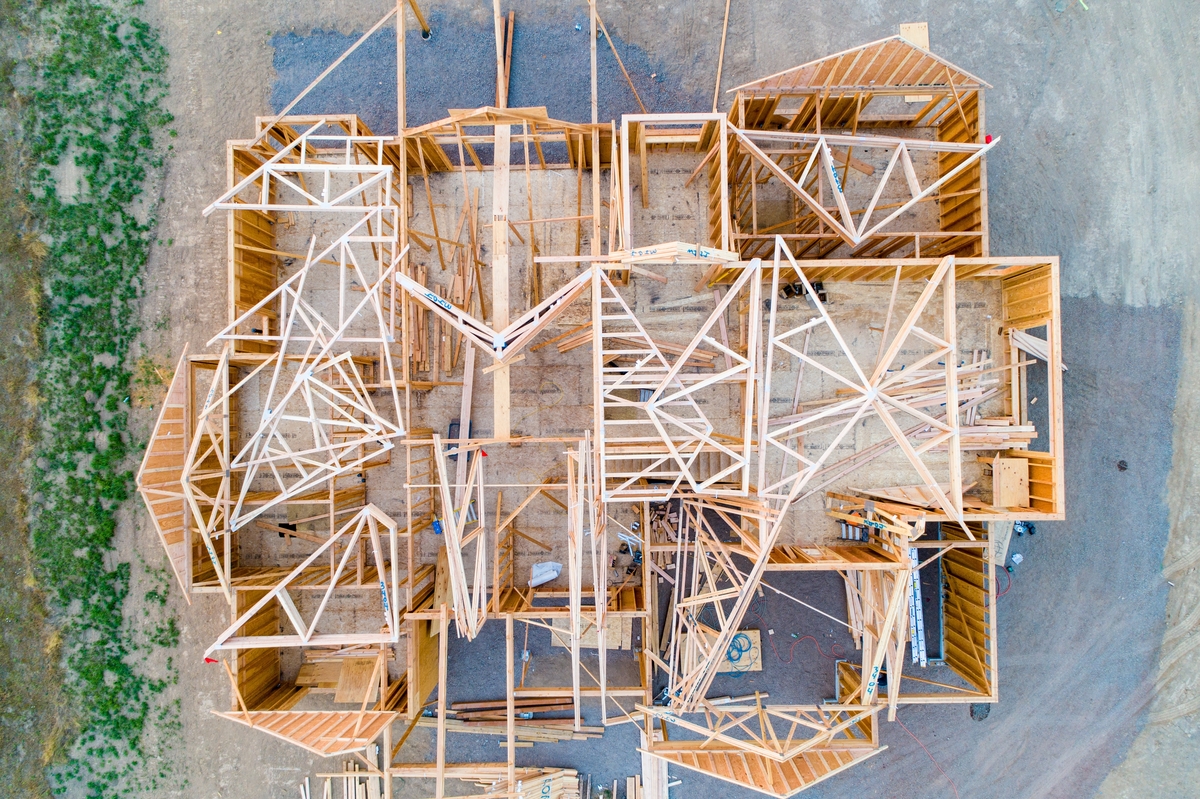Single-family housing production lagged in October due to supply-chain effects for materials and ongoing access issues for labor and lots. Overall housing starts decreased 0.7% to a seasonally adjusted annual rate of 1.52 million units, according to a report from the U.S. Department of Housing and Urban Development and the U.S. Census Bureau.
The October reading of 1.52 million starts is the number of housing units builders would begin if development kept this pace for the next 12 months. Within this overall number, single-family starts decreased 3.9% to a 1.04 million seasonally adjusted annual rate, and are up 16.7% year-to-date. The multifamily sector, which includes apartment buildings and condos, increased 7.1% to an annualized 481,000 pace.
Due to supply-chain effects, there are 152,000 single-family units authorized but not started construction— up 43.4% from a year ago.
“The rising count of homes permitted but that have not yet started construction is a stark reminder to policymakers to fix the supply chain so that builders can access a steady source of lumber and other building materials to keep projects moving forward,” said NAHB Chairman Chuck Fowke.
“Single-family permit data has been roughly flat on a seasonally adjusted basis since June due to higher development and construction costs,” said NAHB Chief Economist Robert Dietz. “Demand remains solid but housing affordability is likely to decline in 2022 with rising interest rates.”
On a regional and year-to-date basis (January through October of 2021 compared to that same time frame a year ago), combined single-family and multifamily starts are 30.2% higher in the Northeast, 10.7% higher in the Midwest, 15.2% higher in the South and 20.4% higher in the West.
Overall permits increased 4.0% to a 1.65 million unit annualized rate in October. Single-family permits increased 2.7% to a 1.07 million unit rate. Multifamily permits increased 6.6% to an annualized 581,000 pace.
Looking at regional permit data on a year-to-date basis, permits are 14.4% higher in the Northeast, 17.2% higher in the Midwest, 20.4% higher in the South and 23.0% higher in the West.
Access more housing economics data and analysis at nahb.org.
*Note: All articles have been redistributed from NAHBnow.com*
